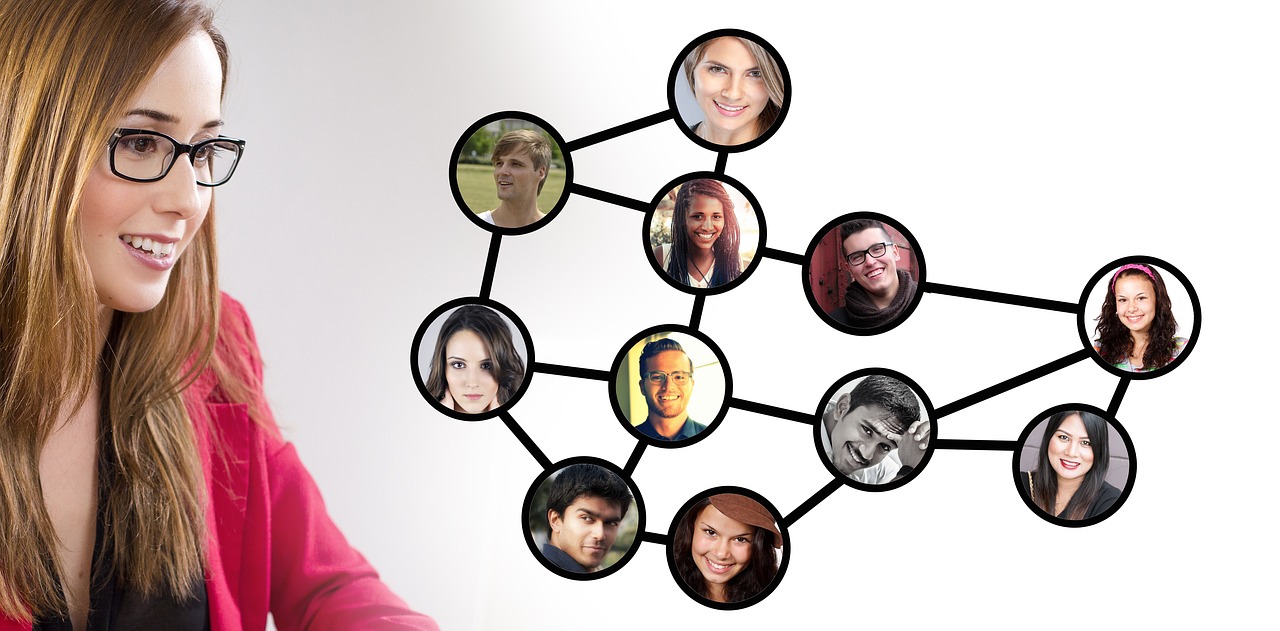
Emotional contagion is real
Emotional contagion is a field of study that validates much of what Dr. Bowen conceptualized in the 1960s. Dr. Bowen, who read widely across scientific disciplines, believed that we inherited the basis for the human emotional system from other species. It involves all the automatic physiological responses to external and internal stimuli. For example, you don’t have to “think” about backing away from a cliff. Or being attracted to another person. Or shivering if you get cold enough. I’ll use the word emotion to mean a non-conscious, physiological response to stimuli.
“Operationally, I regard an emotional system as something deep that is in contact with cellular and somatic processes, and a feeling system as a bridge that is in contact with parts of the emotional system on one side and with the intellectual system on the other.” (Dr. Bowen)
The scientific literature isn’t as clear as Dr. Bowen’s on the distinction between emotion and feeling. I think of feelings as the conscious awareness of some change in the emotional system. For example, if my blood sugar levels drop enough, I’m likely to become aware of that via the feeling called hunger.
What is emotional contagion?
Researchers define emotional contagion as the transmission of some emotion (aka feeling) via non-cognitive processes between individuals. It involves a transfer of physiology as measured by specific physiological markers. We find an example of contagion in mimicry. Mimicry is often used to describe how humans automatically mimic the facial expressions and body posture of the person they are interacting with. Gaze, pupil size, sweat production, and blushing can also be involved in this process. These items become an emotion or feeling because we interpret how the body is feeling (interoception) and what we are seeing and hearing. Researchers separate emotional contagion from feelings like empathy and sympathy.
Empathy and sympathy involve cognitive processes because these feelings involve the awareness of “us” and “them. “Cold” empathy is a mental process of understanding another person’s feelings. “Hot” empathy or emotional contagion is the process of one’s affective and physiological state becoming like others. One person is mimicking the other. Researchers believe that mimicry is the biological foundation that supports empathy and sympathy.
Mimicry runs deep
We can observe mimicry in infants long before they have any ability to be empathetic. Very young infants exhibit “crying contagion,” with the highest level of contagion being in response to cries of pain (in carefully controlled studies). Skin-to-skin contact between mothers and neonatal infants can reduce mortality because of the positive effects mimicry has on neonatal physiology. This mimicry, or emotional contagion, is at the physiological level of heart and breathing rates. Adults also exhibit the automaticity of mimicry. Adults subliminally presented with emotional faces responded with involuntary facial muscle movements, just as they would if they were consciously aware of the faces. This automaticity in infants and adults shows how deeply ingrained our emotional systems are. Also, it shows how important this kind of contagion is since evolution doesn’t keep features that aren’t useful.
We can transmit stress
In a 2014 study, researchers found that a father’s, mother’s, and adolescent’s cortisol levels were positively correlated. Various studies show that the mother’s profile affects the physiological profile of the child. The field of study called “autonomic mimicry” looks at the mimicry of heart rate, breathing, pupil diameter, and hormone levels. The foundation for how anxiety can move through a family is in the biological processes of mimicry. We automatically mimic the emotional state of those we interact with. A 2017 study found that individual cardiac activity changed in response to watching others in a stressful situation. It also showed that individuals with higher dispositional empathy responded more quickly.
Emotional contagion is for survival
Joseph LeDoux, a leading neuroscientist, proposes that all organisms evolved to detect threats. The individuals that were best at detecting (and overcoming) threats were the ones that survived, resulting in threat detection being naturally selected. Even bacteria can detect phages, a class of bacteria infecting viruses. Because of this, we have automatic physiological processes that respond to whatever we deem a threat. However, the conscious interpretation of the threat and the labelling of the threat with a feeling is a separate process and came much later in human evolution. Dr. Bowen preceded LeDoux by thirty-six years, but both distinguished between emotion and feeling, between the non-conscious physiological states and the consciously aware states of feelings.
We’ve come by this honestly
All the above shows that we are a) more connected with others than we might realize because b) this connectivity is automatic and non-conscious and c) this is an outcome of our evolutionary past. So we have come by this honestly. But it’s because the automaticity of our emotional contagion with others is so deeply embedded that I must be willing to keep working on being more differentiated. The environment I now live in differs completely from that of 10,000 years ago, let alone 200,000 years ago. My smartphone battery running low is not a threat. A child not wanting to eat kale isn’t a threat, either. But I am wired the way I’m wired. Luckily our wiring is plastic, so we can change it over time if we work on it. I think that the effort is worth it.
Thank you for your interest in learning more about systems.
Dave Galloway
To learn more about Bowen Theory, click here.
For a video series by Dr. Bowen: Bowen Basic Series
Read more about emotional contagion: Emotional Contagion
